 Technology and the connected world put a fork in the old model of teaching–instructor in front of the class, sage on the stage, students madly taking notes, textbooks opened to the chapter being reviewed, homework as worksheets based on the text, tests regurgitating important facts.
Technology and the connected world put a fork in the old model of teaching–instructor in front of the class, sage on the stage, students madly taking notes, textbooks opened to the chapter being reviewed, homework as worksheets based on the text, tests regurgitating important facts.
Did I miss anything?
This model is outdated not because it didn’t work (many statistics show students ranked higher on global testing years ago than they do now), but because the environment changed. Our classrooms are more diverse. Students are digital natives, already in the habit of learning via technology. The ‘college and career’ students are preparing for is different so the education model must be different.
Preparing for this new environment requires radical changes in teacher lesson plans. Here are seventeen concepts you’ll want to include in your preparation:
-
- Students are graduating from high school unable to work in the jobs that are available. It’s the teacher’s responsibility to insure students learn over-arching concepts such as how to speak to a group, how to listen effectively, how to think critically, and how to solve problems. The vehicle for teaching these ideas is history, science, and literature, but they aren’t the goal.

- To focus on the over-arching concepts above, make learning platform-neutral. For example, when teaching spreadsheets, make the software or online tools a vehicle for practicing critical thinking, data analysis, and evidence-based learning, not for learning one brand of software or a particular spreadsheet tool. Besides, what you use at school may not be what students have at home. You don’t want students to conflate your lessons with ‘something done at school’. You want them to apply them to their life.
- Morph the purpose from ‘knowing’ to ‘understanding’. Teach the process, not a skill. Students should understand why they select a particular tool, not just how to use it. Why use PowerPoint instead of a word processing program? Or a spreadsheet instead of a slideshow? Expect students to be critical thinkers, not passive learners.
- Transfer of knowledge is critical. What students learn in one class is applied to all classes (where relevant). For example, word study is no longer about memorizing vocabulary, but knowing how to decode unknown academic and domain-specific words using affixes, roots, and context.
- Collaboration and sharing is part of what students learn. They help each other by reviewing and commenting on projects before submittal to the teacher (GAFE makes that easy). The definition of ‘project’ itself has changed from ‘shiny perfect student work’ to review-edit-rewrite-submit. You grade them on all four steps, not just the last one. This makes a lot of sense–who gets it right the first time? I rewrote this article at least three times before submitting. Why expect differently from students? Plus: No longer do students submit a project that only the teacher sees (and then a few are posted on classroom bulletin boards). Now, it is shared with all classmates, so all benefit from every students’ work.

- Self-help methods are provided and you expect students to use them. This includes online dictionaries and thesauruses, how-to videos, and access to teacher assistance outside of class. These are available 24/7 for students, not just during classroom hours. This happens via online videos, taped class sessions, the class website, downloadable materials so students don’t worry that they ‘left it in their desk’.
- Teachers are transparent with parents. You let them know what’s going on in the classroom, welcome their questions and visits, communicate often via email or blogs when it’s convenient for them. That doesn’t mean you’re on duty around the clock. It means you differentiate for the needs of your parents. Your Admin understands that change by providing extended lunch hours, compensatory time off, or subs when you’re fulfilling this responsibility.
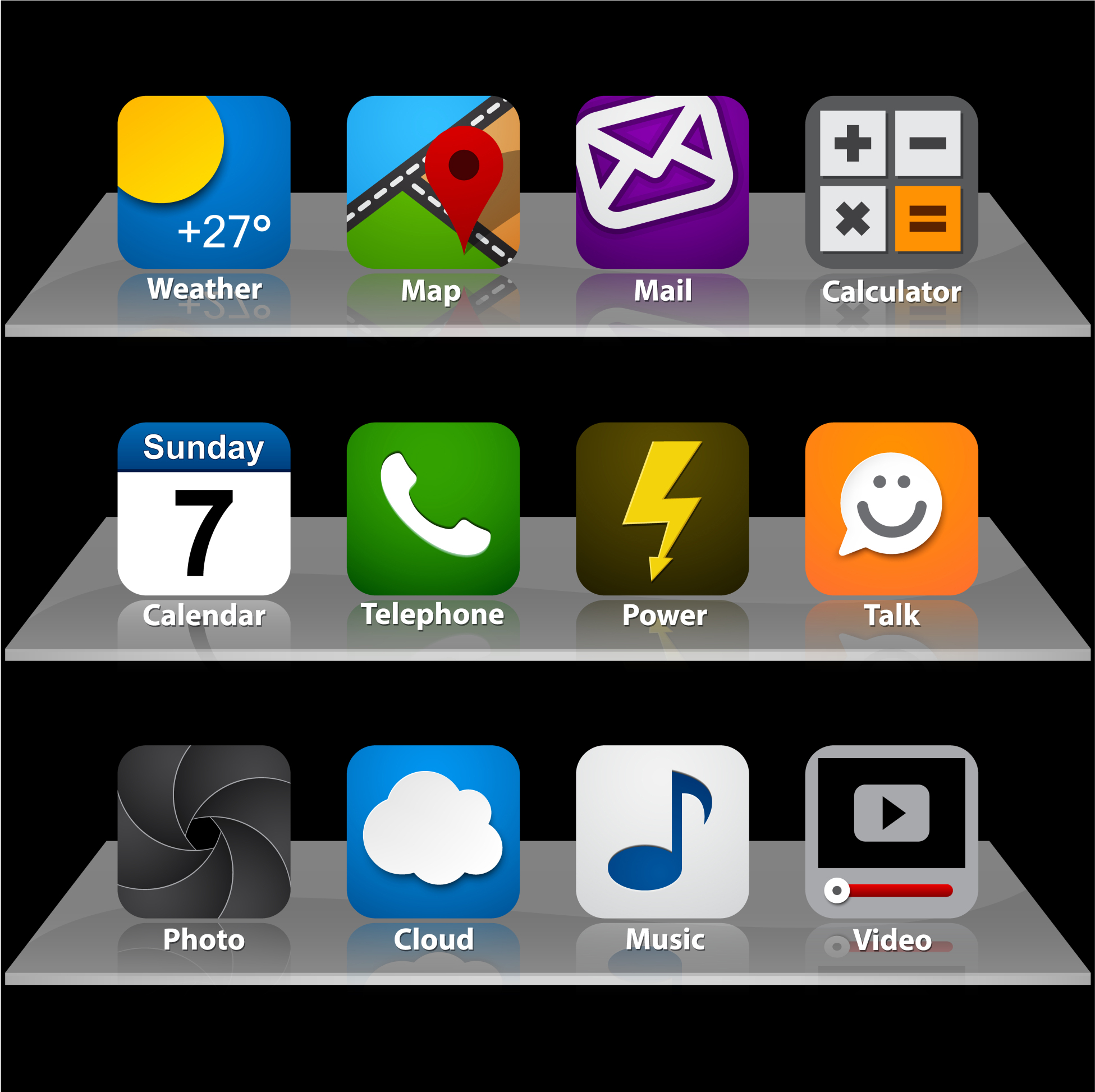
- Failure is a learning tool. Assessments aren’t about ‘getting everything right’ but about making progress toward the goal of preparing for life
- Differentiation is the norm. You allow different approaches as long as students achieve the Big Idea or answer the Essential Question. You aren’t the only one to come up with these varied approaches–students know what works best for their learning and present it to you as an option.
- The textbook is a resource, supplemented by a panoply of books, primary documents, online sites, experts, Skype chats, and anything else that supports the topic. This information doesn’t always agree on a conclusion. Students use habits of mind like critical thinking, deep learning, and evidence-based decisions to decide on the right answers.

- The lesson plan changes from the first day to the last–and that’s OK. It is adapted to student needs, interests, and hurdles that arise as it unfolds, while staying true to its essential question and big idea.
- Assessment might include a quiz or test, but it also judges the student’s transfer of knowledge from other classes, their tenacity in digging into the topic, their participation in classroom discussions, and more.
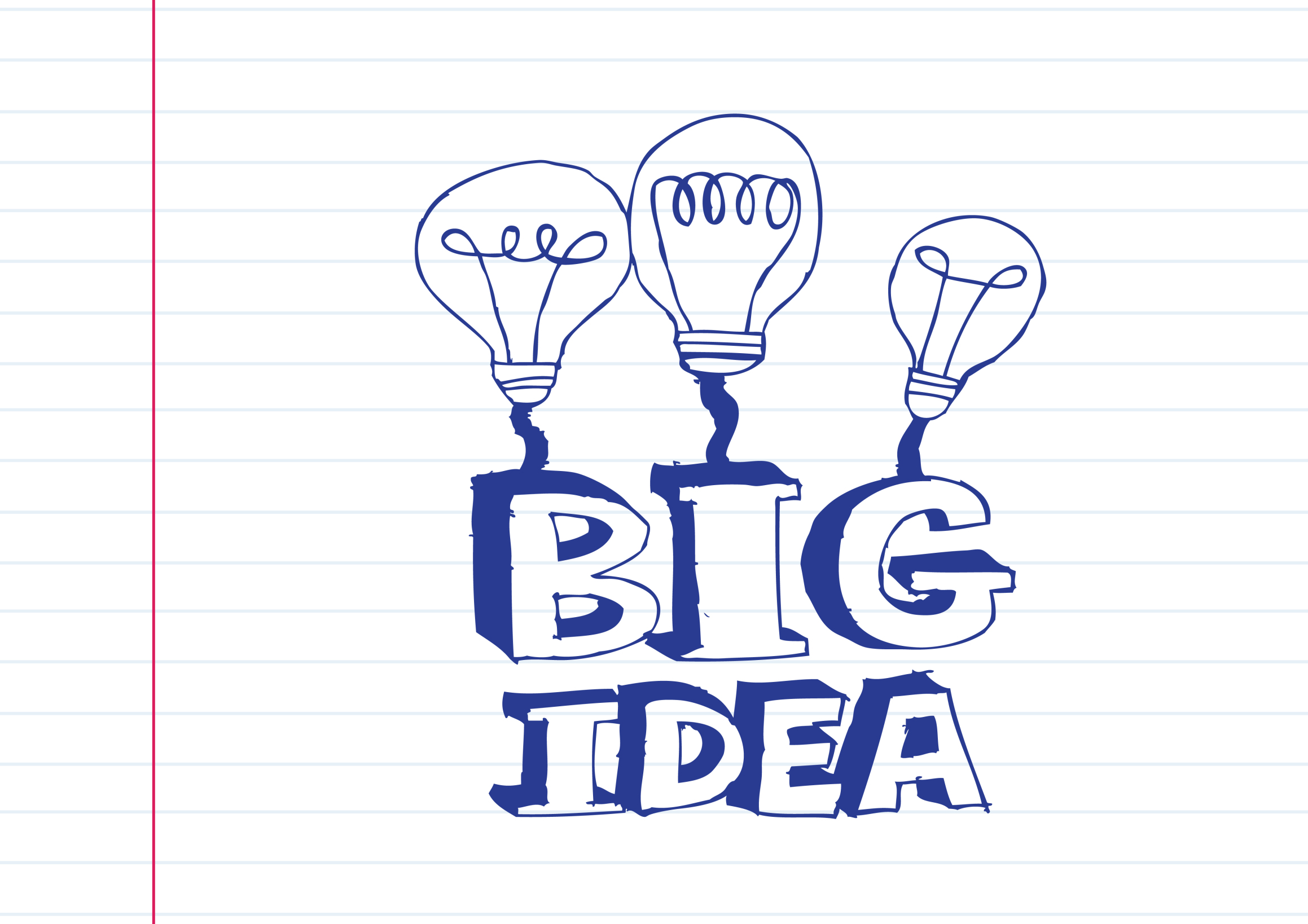
- Students are graduating from high school unable to work in the jobs that are available. It’s the teacher’s responsibility to insure students learn over-arching concepts such as how to speak to a group, how to listen effectively, how to think critically, and how to solve problems. The vehicle for teaching these ideas is history, science, and literature, but they aren’t the goal.
-
- Vocabulary is integrated into lessons, not a stand-alone topic. Students are expected to decode words in class materials that they don’t understand by using quickly-accessed online vocabulary tools, or deriving meaning from affixes, roots, and context.
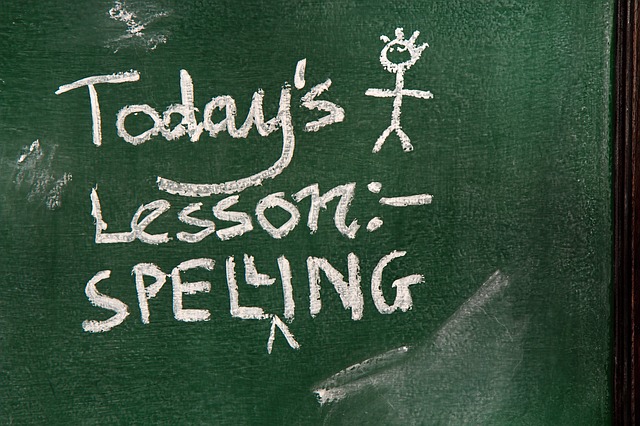
- Problem solving is integral to learning. It’s not a stressful event, rather viewed as a life skill. Who doesn’t have problems every day that must be solved? Students are expected to attempt a solution using tools at their disposal (such as prior knowledge, classmates, and classroom resources) before asking for help.
- Digital citizenship is taught, modeled and enforced in every lesson, every day, every class. It’s no longer something covered in the ‘tech lab’ because every class has as much potential for working online as offline. Every time the lesson plan calls for an online tool or research using a search engine or a YouTube video, teachers review/remind/teach how to visit the online neighborhood safely. It’s frightening how students blithely follow weblinks to places most parent wouldn’t allow their child to visit in their neighborhood. Just as students have learned how to survive in a physical community of strangers, they must learn to do the same in a digital neighborhood.
- Vocabulary is integrated into lessons, not a stand-alone topic. Students are expected to decode words in class materials that they don’t understand by using quickly-accessed online vocabulary tools, or deriving meaning from affixes, roots, and context.
- Keyboarding skills are granular. They aren’t used only in the computer lab, but in every class students take. If students are using iPads, Chromebooks, laptops, or desktops for learning, they are using keyboarding–which means they must know how to do so efficiently, quickly, and stresslessly. Since keyboarding benefits all classes, all teachers–including the librarian–become partners in this effort. I go into classrooms and show students the broad strokes; the teacher reinforces it every time the student sits down at the computer.

- Play is the new teaching. It is a well-accepted concept for pre-schoolers and has made a successful leap to the classroom, relabeled as ‘gamification’. Use the power of games to draw students into learning and encourage them to build on their own interests. Popular games in the classroom include Minecraft, Mission US, Scratch, and others on this list. If your school is new to this concept, clear it with admin first and be prepared to support your case.

When I first wrote lesson plans, it was all about aligning learning with standards, completing the school’s curricula, ticking off required skills. Now, I build the habits of mind that allow for success in education and home life and construct a personal knowledge base with students that will work for their differentiated needs. Like any lesson plan, this is only difficult the first time. After that, it seems natural.
–published first to TeachHUB
Jacqui Murray has been teaching K-18 technology for 30 years. She is the editor/author of over a hundred tech ed resources including a K-8 technology curriculum, K-8 keyboard curriculum, K-8 Digital Citizenship curriculum. She is an adjunct professor in tech ed, Master Teacher, webmaster for four blogs, an Amazon Vine Voice reviewer, CAEP reviewer, CSTA presentation reviewer, freelance journalist on tech ed topics, contributor to NEA Today and TeachHUB, and author of the tech thrillers, To Hunt a Sub and Twenty-four Days. You can find her resources at Structured Learning.
updated 12-23-18


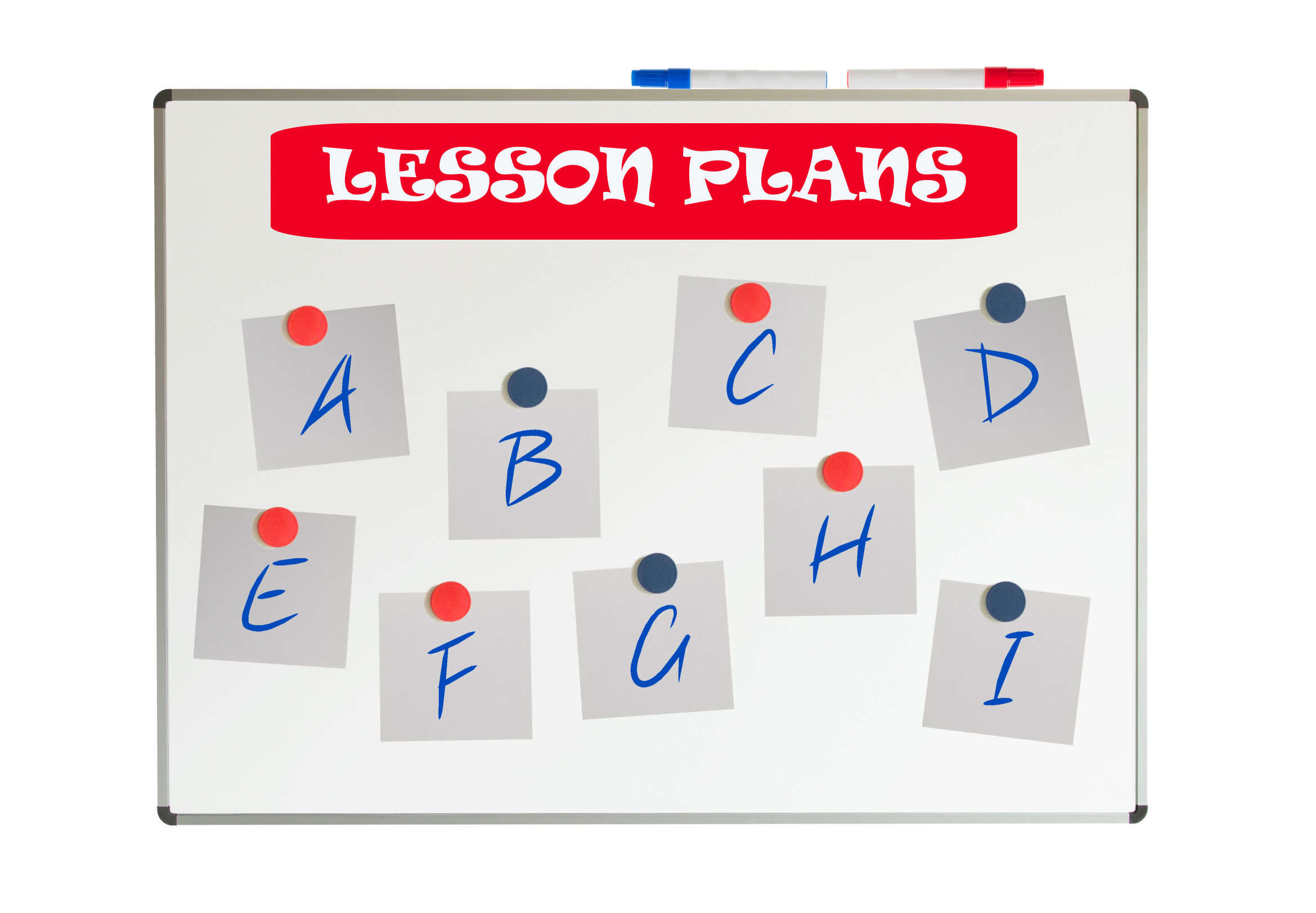

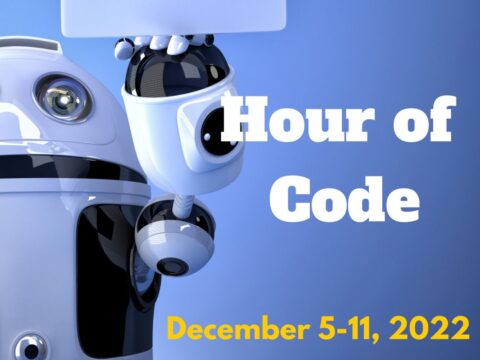































One that includes essentials such as: keyboarding, digital citizenship, problem solving,a variety of resopurces and flexibility
You and I agree, Deirdre. Whether it’s history, math, science, or PE, those topics should be reinforced when they come up. Thanks for dropping by.
Agree with Keyboarding for sure!
No one has secretaries anymore, and too much requires fingers on keys to leave it to someone else. Absolutely critical.
Building habits of mind that allow for success in education and life!
So true, Lisa. Those thinking skills–too often we forget about them.
I agree Deirdre. Todays students need to be tech-savvy to survive in a technology driven society.
Teach the kids to problem solve and think and they can do anything.
Absolutely agree. With those two skills, they are well on their way to conquering adulthood.
I agree. Kids need to be independent thinkers.
A 21 Century Lesson Plan for elementary schools needs to be focused on mastery of basic skills and smooth transition into utilizing these skills in the digital world. Communication, research, synthesizing, problem solving, perserverence… these are the foundational skills that must be fostered before the students can fully thrive in a digital learning environment.
Well said, Carolyn. Problem-solving and perseverance–these are challenging even for adults.
I do agree with the essentials of the 21st century lesson plans.Last year my students struggled with problem solving.I will be focusing a lot on problem solving during the next school year. I will be incorporating the blended approach.
21st learning is like shooting for the stars while being in one’s cloud….
Clever way to put it. I agree!
I agree that problem solving should not be seen as a stressful event, rather viewed as a life skill.
Kids are open to that. We as teachers (and parents) simply need to reinforce their natural inclination to try again. Thanks for dropping in, Balijit.
One wherein the tools used become the ‘vehicle’ for critical thinking not the focus of the lesson plan itself.
Can you expand on that?
Failure is a learning tool. Mistakes are learning opportunities. A summative test to most students is an exit sign but learning activities should inspire students to delve deeper into a skill or topic. While it is not reasonable to expect a student will be desire to aspire to excellence or become an expert about every topic or skill I present, the learning activities should spark an interest that reaches beyond the scope I can provide in the classroom.
I completely agree, Royce. My hope for them is they will always want to be the best they can, be risk-takers and creative thinkers.
One that inspires and challenges students to pursue lifelong learning in as many ways as possible. It should draw on the skills of the students and allow them to develop new skills in a way that is relevant to them. It should also encourage students should own their learning realize the importance of establishing a personal learning community.
Two great additional points, Dave–allow them to develop new skills and build a PLN. Thanks for adding those.
The notion that failure is acceptable and indeed a learning tool is particularly relevant to me. This truly requires a re-education in my opinion because students are still consumed by “getting it right”. They need practice on the concept of review-edit-rewrite-submit. They need to be schooled on the attitude adjustment that failure is an opportunity to try again… to make things better… to LEARN.
Absolutely. I don’t mind failing in front of my students–but I do it with aplomb! I take in in course, remain calm, discuss how I seek a solution. By the time we have ultimately prevailed, they think it was a lesson!
Assessment! Creativity must be included. Evaluate the way they learned.
You’re right of course. Creativity used to be about art and music. Now, it’s mainstream. Thanks for the reminder.
Students should always see clearly a purpose in what they learn. That promotes their motivation.
Excellent point, Monica. Connecting the dots makes a huge difference.
Having in mind that our students are digital natives, already in the habit of learning via technology in the classroom and outside it, a need to prepare ourselves for this new and changing environment is required, where different concepts in our preparation should be included. i.e., keyboarding, digital citizenship, problem solving, etc. and a great plus is to create a learning environment where students are allowed and facilitated different approaches in learning, motivating them to always be the best they can (be risk-takers, creative thinkers, achievers of goals, great collaborators and communicators, etc.), and that mistakes/failures made during the process of learning should be considered as learning opportunities that prepares them for life.
You covered a wonderful list of important qualities. Well done, Maria.
Lots of great ideas here. Having access to technology on a regular basis is a good way to be able to teach digital citizenship on an ongoing basis. Keyboarding is a skill – what good apps are out there to give students practice with keyboarding?
Thanks for your kind words, Debbie. I do have a long list of keyboarding sites here. Let me know if it’s missing something you needs.
If literature and history are merely vehicles for teaching habits of mind, where does transmission of culture come in? Is the idea of “American culture” or “American values” passe? E pluribus unum? If a 16 year old student says, “I’m into robotics; don’t bug me with this Shakespeare or American history jazz,” do we back off and allow this student to chart his/her own course? I guess I’m thinking that if we’re teaching habits of mind (and I agree that that is an important goal), aren’t we discounting the specific ideas and values (democracy is good; decisions need to be based on logic and reason; a book written in 1836 can illuminate the human condition in 2016) contained within those disciplines?
I’ll start by agreeing with you that literature and history are much more than a way to teach thinking. If we don’t know history, we are doomed to repeat it. And, without literature, who among us could write well? As you say, culture, values–these are narrated discussions. These are shown, not told. Our job as teachers–with that 16-year-old student–is to teach them robotics, which rightly includes knowledge of Shakespeare or American history or jazz or engineering or math–or so much more. We show them the connections. They run with them.
For me, the habits of mind provide a framework for all subjects. History or economics is boring (maybe) if students don’t understand the thought processes that go into them. Socialism is utopia except for those pesky real-life examples of Cuba and Russia.
We 21st-century teachers are expected not to lecture at students, but show them how to draw these conclusions themselves.
Huh???? I think most teachers know most of this intuitively. What I find in my school and district is a movement in the opposite direction. The model you propose is one of more freedom for the student to learn by their own style and resources. You propose a diversity that is absolute calling on all resources. You advocate a driving force to critical thinking. This is not the model that my district, Broward county, Florida impresses on the classroom. We are required to create standardized classroom formats that lock teachers and students into small boxes of standardized learning. i am very attracted to what you advocate, I find it healthy and exhilarating, but not the norm.
I agree–it’s what most teachers know intuitively, maybe subconsciously, but not the norm in their educational delivery–as you point out. I hope by organizing these thoughts, teachers will see that it’s not complicated at all to make lessons student-focused, differentiated, and a lot more fun for all stakeholders. In many cases, this approach needs to be in front of administrators rather than teachers; as you indicate, they often establish the standards.
I love all of this information in one place. I can see how useful it is for me.
Thanks, Suzie. That’s always my goal–glad it worked.
Absolutely. Thanks, Suzie.
This is completely different than how curriculum was taught to me in school, and it completely redefines how I should be teaching. It’s very exciting. Also, overwhelming. Teachers need time during their work days to learn and apply these new methods. We want to do all of this, of course.
You are so right, Patience. These 17 concepts aren’t to be absorbed overnight. Start with whatever is the low-hanging fruit for your classes and move to more challenging once those are in place. Let me know if I can help with anything.
21st Century lesson is a paradigm shift for many of us who have been in a traditional setting for 30+ years! But, we keep on growing by learning what is best for kids even though it’s out of our comfort zone! For me, it is exciting to be able to differentiate digital instruction for our diverse learners in order for them to be able to connect and compete in our global economy.
I am excited to learn about Blended Learning. As an online instructor, I interact daily with Digital natives. I feel and see the difference in learning today from when I went to school and taught at a traditional school. More than ever, I see the need to utilize the skills presented in the article such: teaching the process, critical thinking, collaboration and using failure as a learning tool. Students want to use the tools they already have at their finger tips to enhance their education and it is our job as educators to help them prepare for the future in a technological environment.
Well said, Luz. Students want to use technology so we as teachers should encourage it. As an online instructor, I know you’re doing that every day. How do you encourage community in your classes? It is a question I get from lots of teachers, would love your insights into it.
The 21st century lesson plan is different from what most teachers are using. As teachers we must move ahead and be prepared to prepare our students. Everyday I see students who are tech savvy but the tech skills are not there in the classroom plan. As teachers we must be purposeful and allow for differentiation, failure, learning, collaboration,sharing and assessment.
Well said, Catherine. Sometimes a challenge, but always worth it.
Is “gamification” the same as conducting themed or cooperative games in the classroom?
Probably. ‘Gamification’ is teaching and learning using games as the vehicle. Does that fit what you’re thinking?
Gamification is the process or method of taking something that already exist and integrating some form of game mechanics into it to stimulate, and motivate engagement and participation.Cooperative games put emphasis on participation, challenge,and fun rather than defeating someone. Both Gamification and cooperative games appear to have the same objective.
I think that the elementary learner needs to have a strong foundational set before they can utilize the digital platform.
Absolutely! That is done by scaffolding–building skills that are used authentically.
A
gree. Kids can use computers/etc but they haven’t learned how to use them to learn the material we are asking them to learn. Takes a lot of instructional time up.
You’re right, Carolyn. There’s definitely a better way to do this.
I love #8 failure is an option! I always tell my students that if you do not do well that it is ok because that helps us know your strengths as well as your weaknesses. We now know what areas we need to work on & what areas we need to continue to make stronger.
What if no one told them that? What if they thought only perfection was valued? You do them such a favor valuing their effort with their success.
I totally agree in order for our students to be engaged in classroom we need to have technology incorporated in our lesson plans to give students freedom to explore other resources available on line and be more creative and learn problem solving skills in real world applications. even failing in some situations can broaden their learning experience.
Isn’t failure how so many adults learned to succeed? I’m a fan of that approach.
This is so true. Some of the areas in life that I have managed to succeed are from previous failures.Our students, especially at the elementary and Middle school levels need to develop the attitude of perseverance. Students need to be reminded that even Albert Einstein struggled with failure but persevered and in the end had great success.
‘Struggle’ seems to have become antithetical to healthy education. I don’t get it. I personally learn a lot from struggling. Thanks for adding your thoughts, Ransford.
So true—When my teachers and parents allowed me to struggle trough something, they honed my ability to analyze and think independently for myself. #BestGiftEver Often times, swooping in to help or provide answers is detrimental.
I love that you see that as a gift–because it is!
One that includes a variety of skill build objectives like, problem solving, and researching. It should also incorporate a variety of resources.
It’s definitely not SAGE on the STAGE…it’s incorporating more technology into our lessons and connecting what they are learning to the real world
Times have changed, haven’t they? It should put lots of great teachers at ease, that they no longer need to be perfect or experts at everything.
Are we aware of how/if teachers are being taught blended learning in their college courses? I have seen too many teachers (in curriculum trainings) one-two years out of college, who aren’t embracing technology or blended learning in the classroom. This movement may need to start with training new teachers.
Good question and I agree. I do teach it in my grad school classes but can’t speak for others!